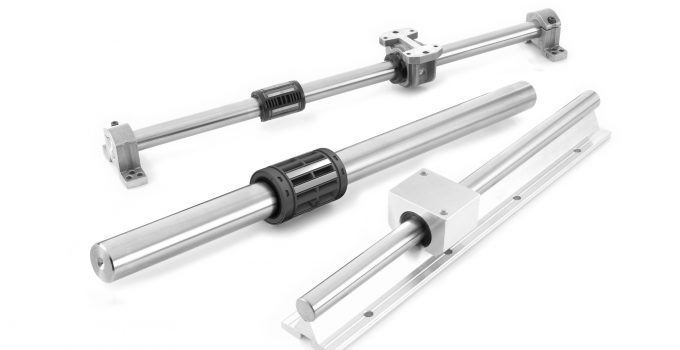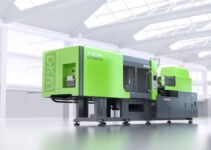A bushing or a plain bearing is a mechanical component that helps reduce friction between the two stationary members or rotating shafts. It consists of soft metal and an oil film supporting the hardened shaft journal or the rotating shafts. They are even essential elements for the proper functioning of your wheels.
There will be constant friction in your wheels without bushings, which will make them wear out faster. That is why it becomes an essential element in industrial machines that have to carry heavyweights. If you are looking to buy linear shafts and bushings, you can visit the Tuli shop. They have various bushings available for you, such as ball spline bushing, linear ball bearing bushing, stainless steel bushings, etc.
TYPES OF BUSHINGS
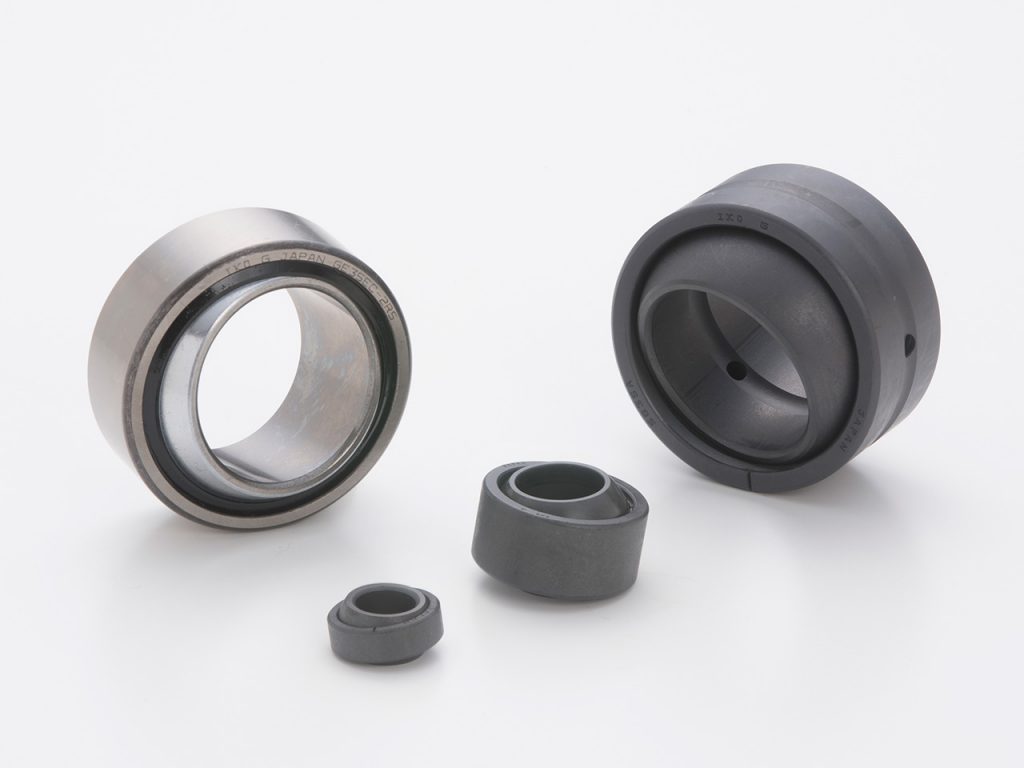
img source: ikont.co.jp
Before you purchase any bushings, you need to study their type. Only you will be able to decide which one will work best for you. They are divided based on different materials used to make them. Some bushings are suitable to control high impacts or pressures, whereas some are good to resist corrosion.
1. Bronze bushings
These are generally used to resist high amounts of heat and protect the element from wear and tear. They are made up of continuous cast bronze to ensure that the bronze structure is consistent throughout the bushing. They have excellent load-handling capacities and can withstand heat up to 450 degrees Fahrenheit.
Sometimes bronze bushings are designed with flanges to withstand combined weights or loads. You can easily modify them by adding grease groves or oil.
2. Plastic bushings
If you are looking for some lightweight bushing that can provide high corrosion resistance, this is the right pick. It is prevalent for its corrosion-resistant characteristics. They need almost no maintenance. Just adding some lubricant is enough. New plastics are coming into the market with additional features such as high heat resistance capacity, excellent resistance to wear and tear, etc.
Nyloil is the most popular type of plastic bushing that offers extraordinary durability and workability. They work great under humid and wet climates. Dry kiln cartwheels are one of the examples where it is used.
HOW BUSHING WORKS?
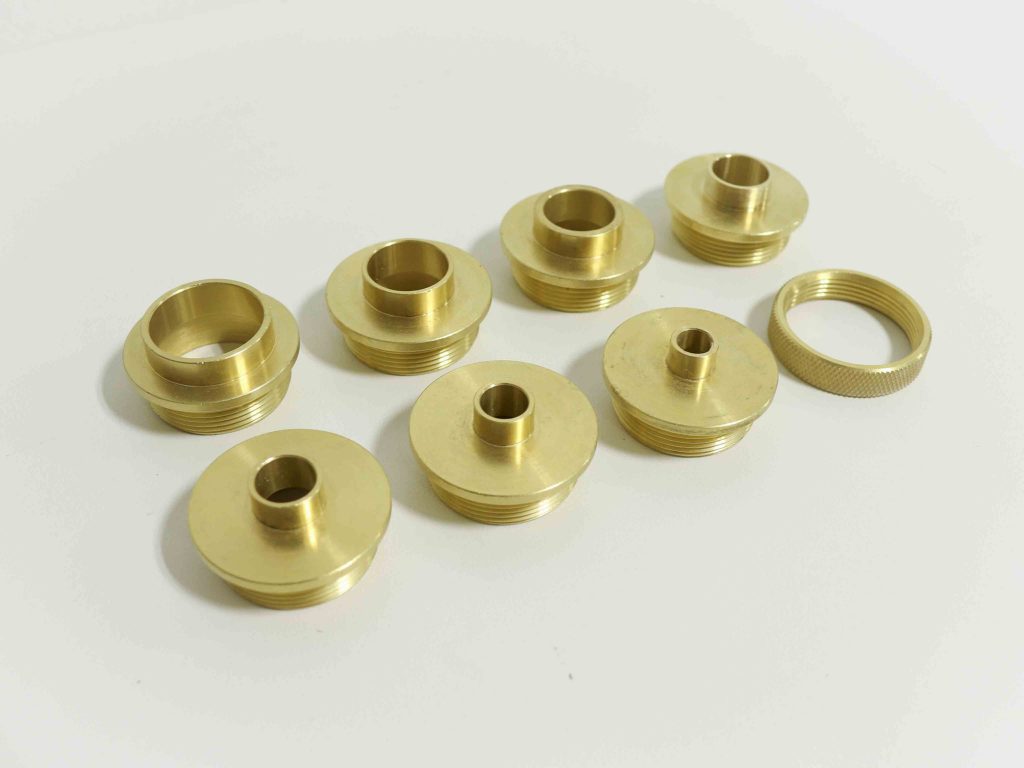
img source: static.wixstatic.com
The bushing is simply a type of bearing (plain bearing) used to slide over the shafts or rods to provide them motion with less friction. They have an excellent shock-absorbing capacity and work great to reduce noise, energy usage, and wear in any mechanical component. It is mainly used in heavy-duty wheels with heavy loads inside them.
These elements require low maintenance because they have self-lubricating features. The consistent patterns made on its surface acts as a grease reservoir, and this is how it achieves self-lubrication. Many nylon bushings can perform their work without lubrication and are primarily used in textile and food industries where we need dry applications.
SHAFTS AND ITS TYPES
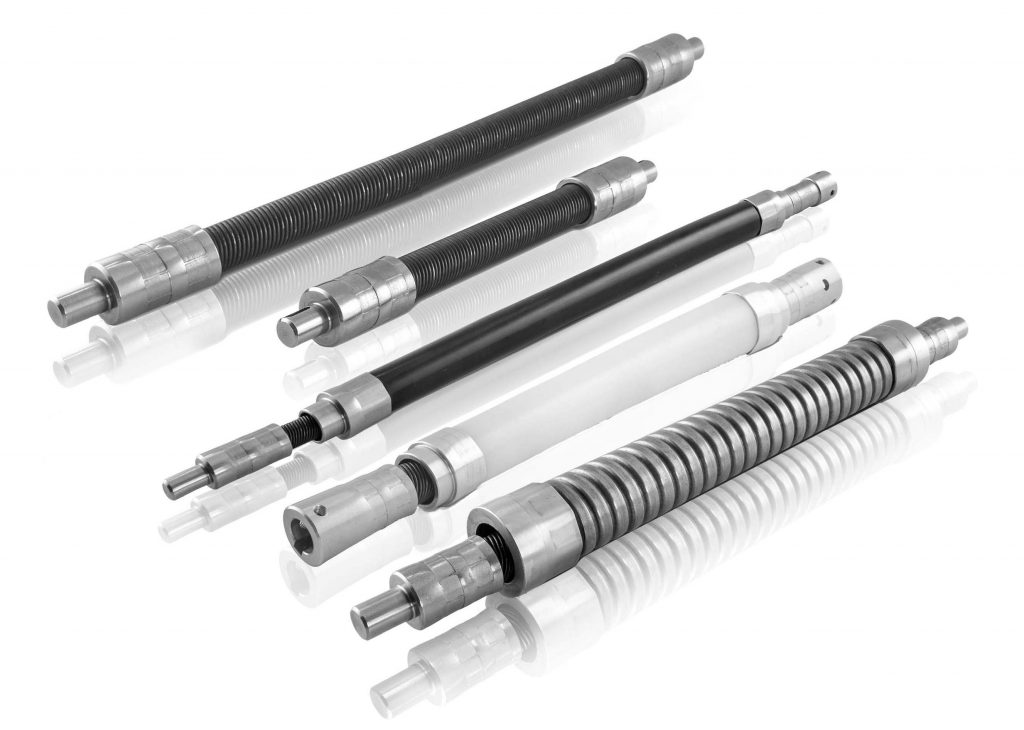
img source: fiama.it
A shaft is a circular element used to transmit power from one component to another. This rotating element transfers power from an energy-producing machine to the machine that requires the power. It forms the axis of rotation of various components such as flywheels, sprockets, cranks, pulleys, and gears. Two common types of shafts are:
1. Transmission shaft
The shafts used to transmit energy or power from the machine to the receiver are known as the transmission shafts. For example, line shafts, countershafts, overhead shafts, and most industrial shafts are only types of transmission shafts.
2. Machine shaft
When a shaft is used as a part of a machine, such shafts are known as machine shafts. The most common machine shaft is the crankshaft.
What to consider while choosing bushings and shafts?

img source: ikont.co.jp
You need to study several characteristics or features to buy the correct bushings and shaft. To make sure that these elements fit perfectly in your project, check out the following points:
- Load Capacity: To check how much weight the bushing support is an important factor to consider. In heavy-duty vehicles, bushes with good load carrying capacities are needed.
- The lifespan of the products: Whenever we go shopping, we usually check the products’ expiry date. The same is with these mechanical components. It is essential to check their lifespan as well. It may be short, medium, or long-term, depending upon the material and its properties.
- Dimensions: Different mechanism drives need different sizes of bushes and shafts. You have to determine what size of these mechanical elements fits best in your project.
- Operating speed and acceleration: Another vital factor to keep in mind while purchasing is the withstanding speed and acceleration limits of the components.
- Prices: Price is a prominent factor that we all consider while buying anything. If you need to purchase bushes and shafts for some lightweight machine, you probably don’t need to spend much money. However, in heavy-duty trucks, good quality brushes are required that can withstand large amounts of heat and come at higher prices.
- Operating temperature: It is probably the most critical information you must have before making a purchase. Not every element is made to withstand high temperatures. If your drive mechanism releases a lot of heat, you probably need to invest in some good material bushes.
Maintenance of bushings
Corrosion, cracking, flaking, and scoring are some common failures faced by the bushing components. Any changes in the temperature, vibration, or noise can lead to these failures. To maintain these elements, you must regularly lubricate them, or in case of an emergency, it is better to replace them.
TO SUM UP
You must know certain things before buying mechanical components like shafts and bushes. You can choose these items based on your application. If the application is maintenance-free, then you can go for self-lubricating bushings.

